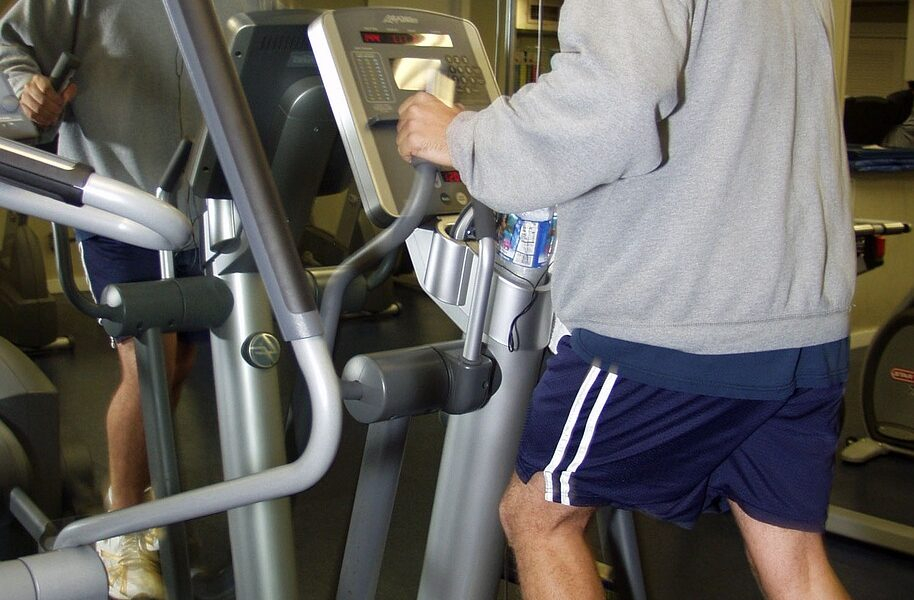How Many Calories Do I Burn A Day
Understanding your daily calorie needs and how to effectively manage them can make a significant difference in your health and weight management journey. This article provides comprehensive details on how many calories you burn in a day, the number of calories necessary for both weight loss and maintenance, as well as the calorific value of various foods. By reading on, you will gain insights into the appropriate calorie intake, how many calories are packed in common foods such as an apple, an egg, a banana and much more. This article will help you grasp the essence of calories and how your everyday activities relate to the calorie math. By having this knowledge, you will be better placed in making informed dietary choices.

Understanding Calories and Their Importance
Definition of a calorie
A calorie is a unit of energy that your body uses to perform normal biological functions such as breathing, pumping blood, and physical activity. In the context of diet and nutrition, a calorie refers specifically to a kilocalorie, which is the amount of energy required to raise the temperature of one kilogram of water by one degree Celsius.
Role of calories in our body
Calories play a crucial role in our body. They provide us with the energy we need to carry out everyday tasks such as walking, working and even carrying out basic bodily functions like breathing and digestion. It’s essential to have a balance between the calories you consume and the calories you burn.
How calories affect weight gain and loss
Calories are the fundamental component in the equation of weight gain and loss. If you consume more calories than your body burns, you will gain weight. Conversely, if you burn more calories than you consume, you will lose weight. Therefore, monitoring your calorie intake is vital in managing your body weight.
How Many Calories Do I Need?
Factors affecting daily calorie needs
Several factors influence your daily calorie needs, including age, gender, height, weight, and activity level. For instance, men usually need more calories than women because they generally have more muscle mass. Similarly, physically active individuals require more calories than those who lead sedentary lives.
Calculating Basal Metabolic Rate (BMR)
Your Basal Metabolic Rate (BMR) is the number of calories your body needs to carry out essential physiological functions while at rest. Several equations, such as the Harris-Benedict Equation or the Mifflin-St Jeor Equation, can help you estimate your BMR.
Activity levels and calorie needs
Your activity level significantly affects your calorie needs. Sedentary individuals generally need fewer calories than physically active individuals. Those who engage in high-intensity activities, such as athletes, require considerably more calories to maintain their energy levels and support recovery and muscle growth.
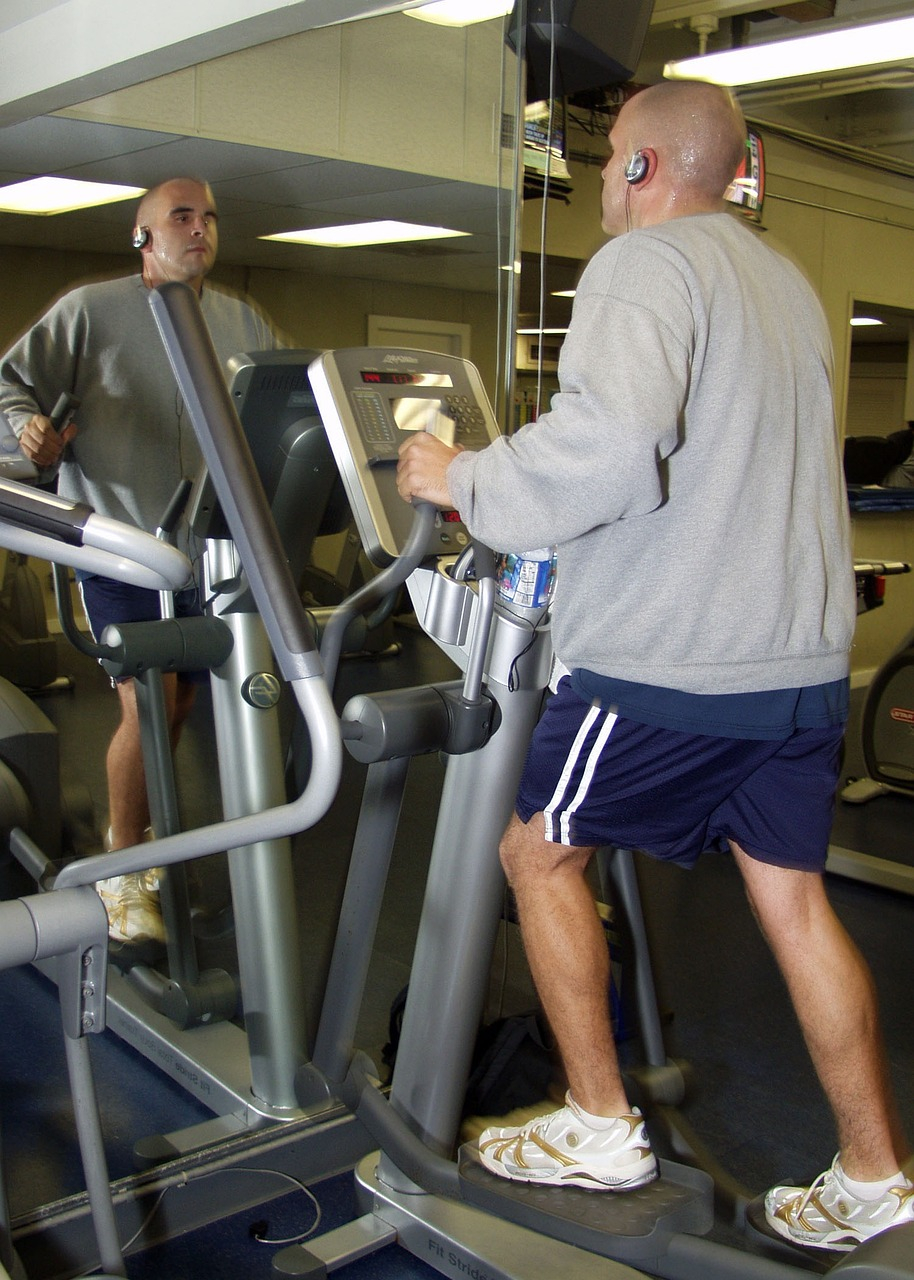
How Many Calories Should I Eat?
Recommended daily calorie intake for men and women
The typical recommended daily calorie intake varies between men and women. Generally, adult men require approximately 2500 calories per day, while adult women need about 2000 calories per day. However, these values can vary based on age, activity level, and individual metabolic rate.
Caloric requirements for weight loss, maintenance, and gain
To lose weight, you need to create a caloric deficit, which means you should consume fewer calories than your body burns. For weight maintenance, you should aim to consume the same number of calories that your body uses. If your goal is to gain weight, you need a caloric surplus, which means you must consume more calories than your body burns.
Safe caloric deficit for weight loss
Creating a too large caloric deficit can lead to nutrient deficiencies and decrease your metabolic rate, making weight loss harder. Health professionals often recommend a caloric deficit of 500-1000 calories per day, helping you lose a safe and sustainable one to two pounds per week.
How Many Calories Do I Burn?
Factors influencing calorie burns
Several factors influence how many calories you burn, including your weight, age, sex, and activity level. Generally, individuals who weigh more burn more calories. Age also plays a part, as metabolic rate tends to decrease with age.
Average calories burned through exercise
The amount of calories burned during exercise varies widely depending on the type, intensity, duration of the physical activity, and the individual’s weight. For instance, running can burn between 400 and 1,000 calories per hour, depending on these factors.
Incorporating activities to maximize calorie burns
To maximize calorie burns, aim to include both aerobic activities, such as running or cycling, and resistance training, which builds muscle and can boost your metabolic rate, in your exercise regimen.
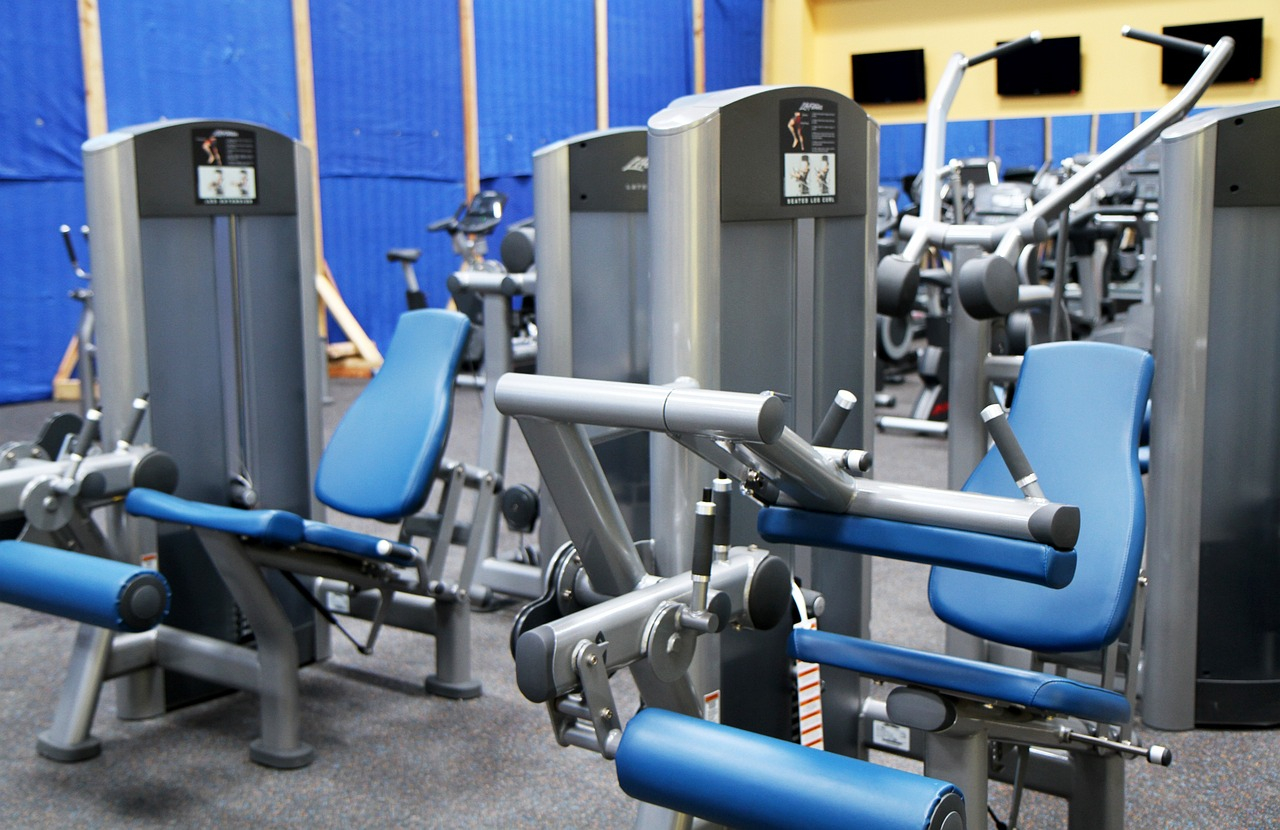
How Many Calories Are in Different Foods?
Typical calorie counts in fruits
Fruits are generally lower in calories and rich in fiber, making them a great choice for those watching their calorie intake. For example, an apple typically contains around 95 calories, a banana about 105, and a cup of strawberries approximately 50.
Typical calorie counts in vegetables
Vegetables are also low in calories and high in nutrients and fiber. For instance, a medium-sized carrot contains about 25 calories, a cup of broccoli around 55, and a cup of spinach just 7.
Typical calorie counts in grains
Grains are the primary dietary source of energy for many people due to their high carbohydrate content. One slice of bread contains about 70-100 calories, one cup of cooked rice contains approximately 200 calories, and a cup of cooked pasta about 220 calories.
Typical calorie counts in proteins
Protein-rich foods are essential for building and repairing body tissues. an egg has around 70 calories, a chicken breast about 165 calories, and a cup of lentils approximately 230 calories.
How Many Calories to Lose Weight?
Understanding weight loss caloric deficit
To lose weight, you need to create a caloric deficit. This means you should be burning more calories than you consume. It’s generally accepted that a deficit of 500 calories per day will result in a weight loss of about one pound per week.
Safe caloric deficit without health risks
A safe caloric deficit is generally considered to be 500 to 1,000 calories per day. This accounts for a weight loss of 1-2 pounds per week, which is a safe and sustainable rate.
Role of exercise in calorie burning and weight loss
Increasing physical activity is an effective way to burn more calories and helps to create a caloric deficit for weight loss. Regular exercise not only burns calories but can also improve your cardiovascular health, boost your mood and energy levels, and reduce the risk of many chronic diseases.
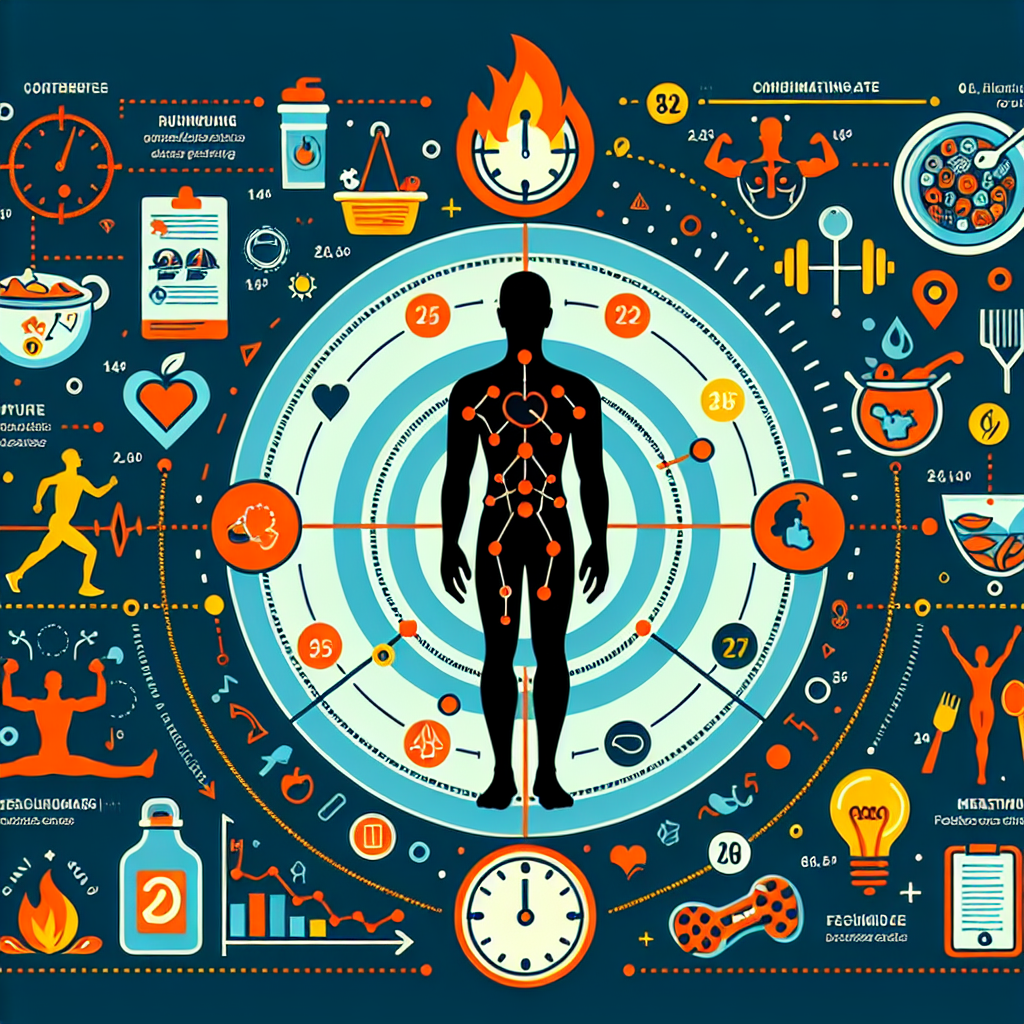
How Many Calories Are in Popular Fast Foods?
Common fast food items and their calorie counts
Fast foods are generally high in calories. For instance, a Big Mac contains about 540 calories, a medium-sized pizza around 200-300 calories per slice, and a typical fast food chicken sandwich about 500-600 calories.
Healthier alternatives at fast food chains
While fast food is generally high in calories, healthier alternatives are available. Many chains offer salads, grilled chicken, and smaller portion sizes. For instance, a salad with grilled chicken and low-fat dressing at a popular fast food chain contains about 300-400 calories.
Impact of regular fast food consumption on calorie intake and health
Consuming fast food regularly can significantly increase your caloric intake, leading to weight gain and heightening the risk of chronic diseases like diabetes, heart disease, and certain types of cancer. It’s crucial to consume these foods in moderation and, ideally, pair them with healthier choices like fruits, vegetables, and whole grains.
What Exercise Burns the Most Calories?
Typical calories burned during different types of exercise
The number of calories you burn during exercise depends on the type, duration, and intensity of the activity, as well as your weight. Running, swimming, cycling, and high-intensity interval training (HIIT) are known to burn a high number of calories.
Impact of intensity and duration on calorie burn during exercise
The intensity and duration of exercise significantly affect calorie burn. High-intensity workouts burn more calories in less time compared to low-intensity exercises. Similarly, the longer the duration of your workout, the more calories you burn.
Role of resistance training in calorie burn
Resistance or weight training helps to build muscle, and muscle burns more calories than fat, even at rest. That’s why incorporating resistance training into your exercise routine can help to increase your overall calorie burn.
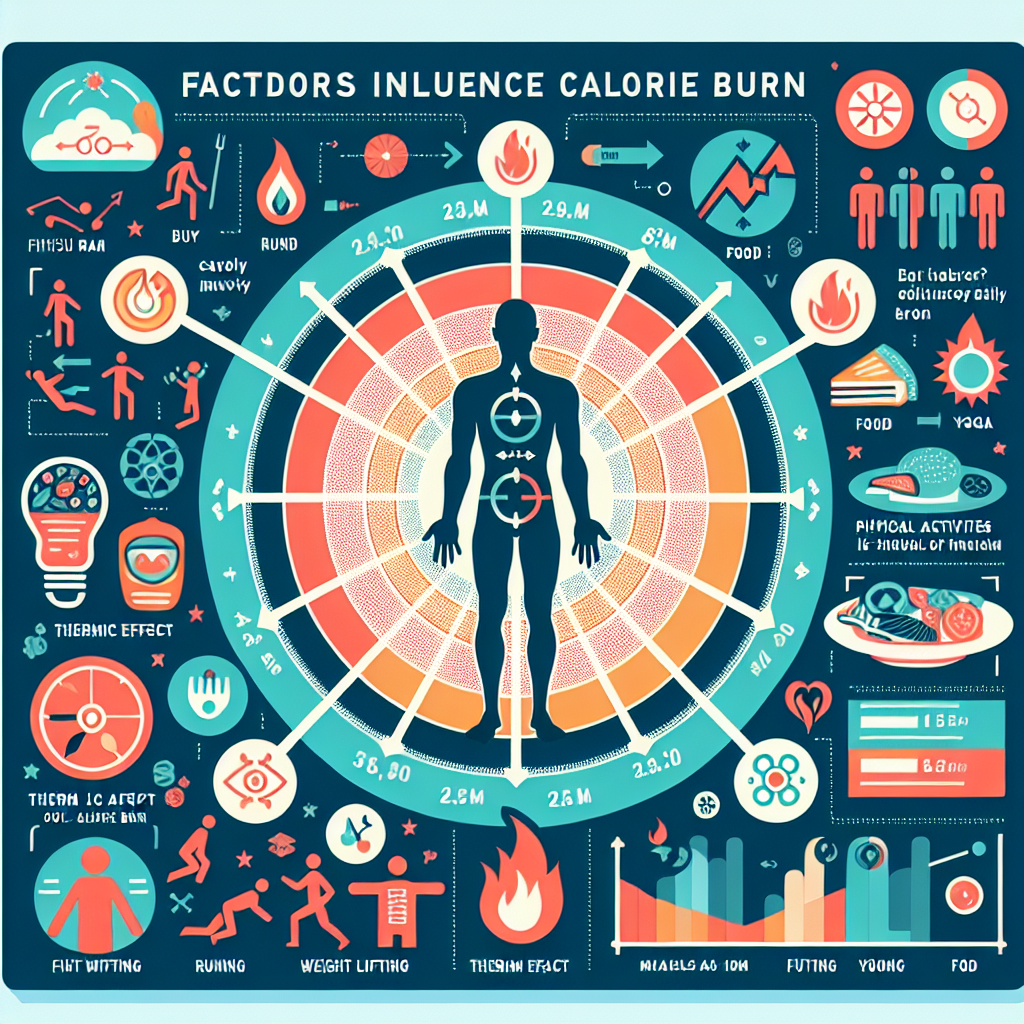
How Many Calories Are in Alcoholic Beverages?
Typical calorie counts in common alcoholic beverages
Alcoholic beverages can contain a significant amount of calories. For example, a standard 150ml glass of wine typically contains about 120-130 calories, and a 12oz beer around 150. Harder spirits like vodka contain about 64 calories per shot, but this doesn’t account for any mixers used.
Impact of regular alcohol consumption on calorie intake and weight gain
Regularly consuming alcoholic beverages can lead to an increase in calorie intake, which can contribute to weight gain. Alcohol is often considered “empty” calories because it provides energy without any essential nutrients.
Low-calorie alcoholic alternatives
If you’re trying to cut back on calories but still want to enjoy a drink, consider lower-calorie alternatives. Light beers, dry wines, and spirits mixed with zero-calorie beverages are generally lower in calories than their regular counterparts.
How Many Calories Do You Burn Walking?
Calories burned per mile at different walking speeds
Walking is a light to moderate-intensity exercise that burns considerably fewer calories compared to running or cycling. However, it’s a more sustainable and gentle option for many people. A 160-pound person walking at a pace of 3.5 miles per hour typically burns about 85-100 calories per mile.
Influence of body weight and incline on calorie burn while walking
Your body weight and the incline of your walking terrain significantly influence the number of calories you burn. Simply put, the more you weigh, the more calories you’ll burn. Additionally, walking uphill or on an inclined treadmill increases the intensity of the workout and therefore increases calorie burn.
Utilizing walking as a weight loss exercise
Though walking doesn’t burn as many calories as some other forms of exercise, it can still be incorporated into a weight-loss program. It can serve as a stepping stone for those just starting their fitness journey, and it can be easily incorporated into daily routines. By increasing duration, speed, or incline, you can gradually increase the calories burnt during walks.
Balancing calorie intake with physical activity is key to achieving and maintaining a healthy body weight. This article provides an overview of the many facets of calories and their effects on body weight, but individual variations and needs are vast. Therefore, you should always consult a dietitian or other healthcare professional for personalized advice.

